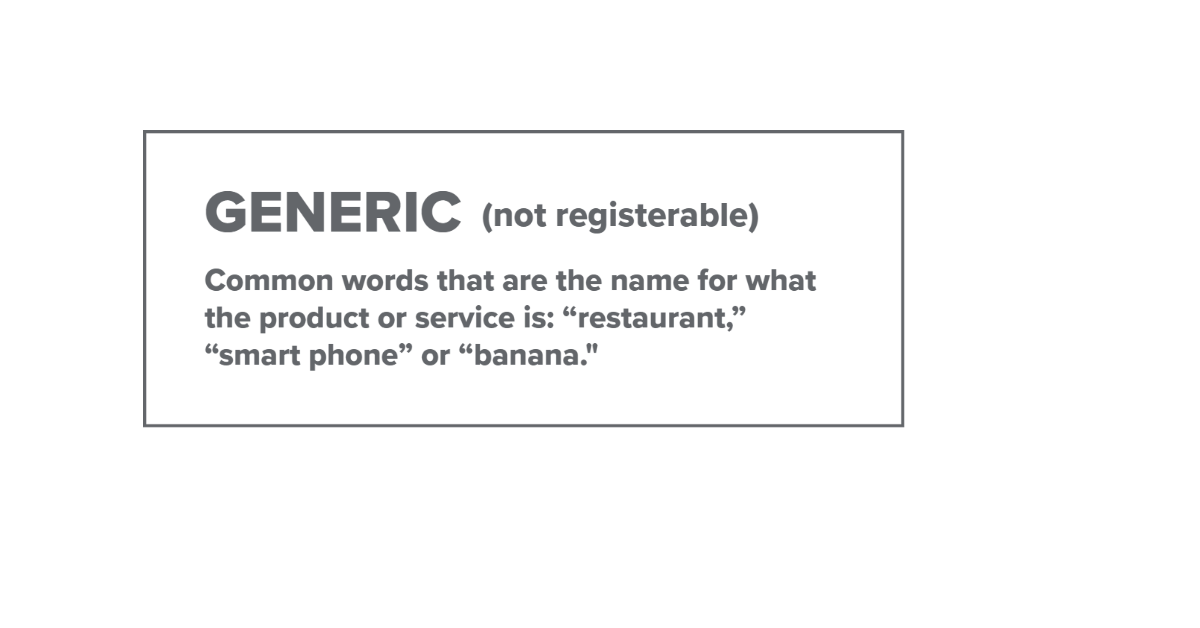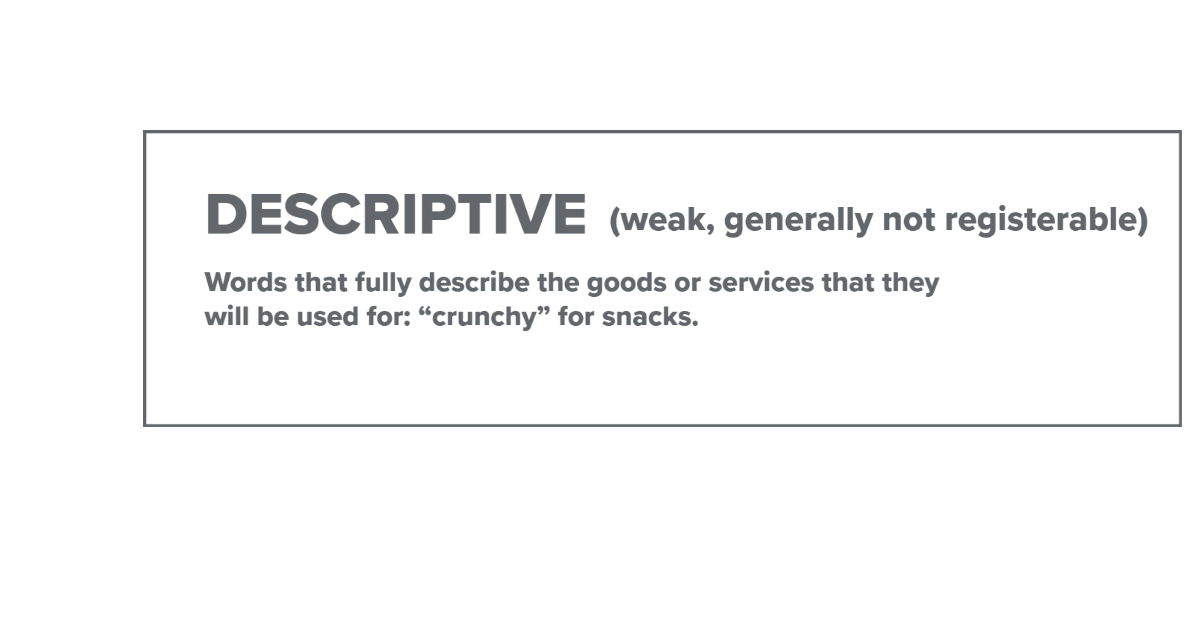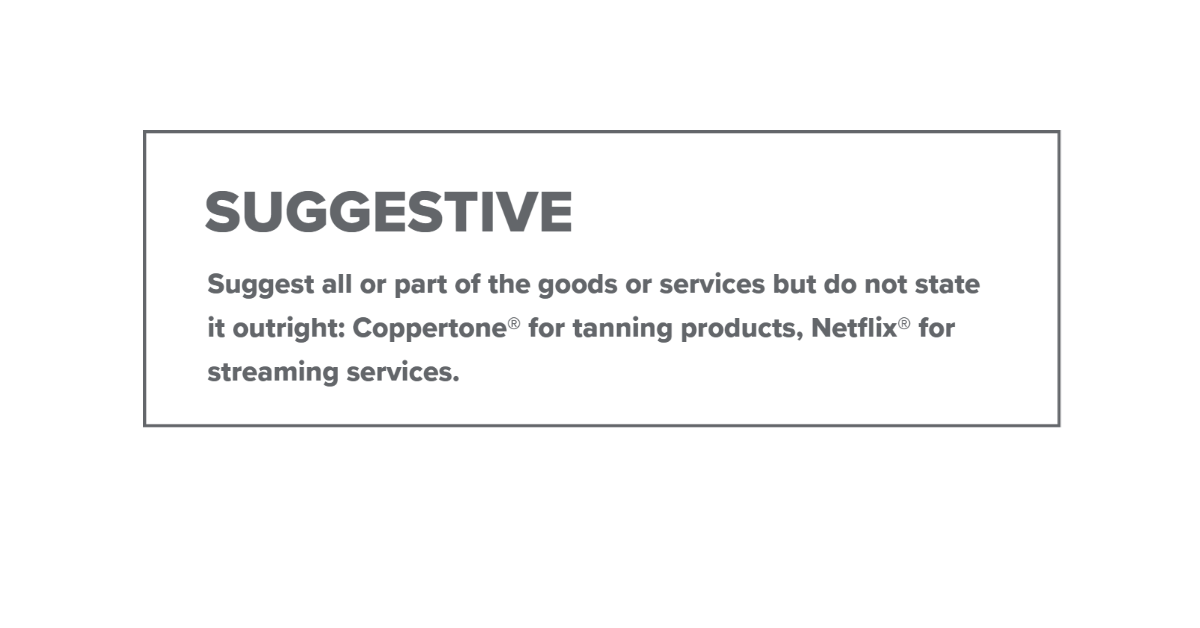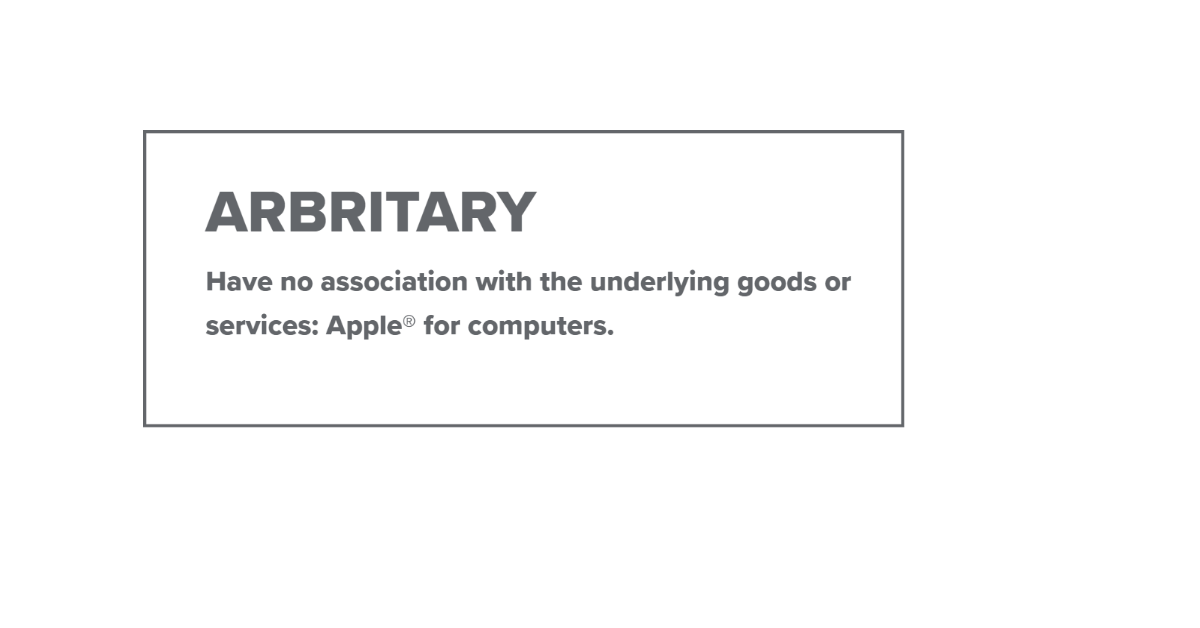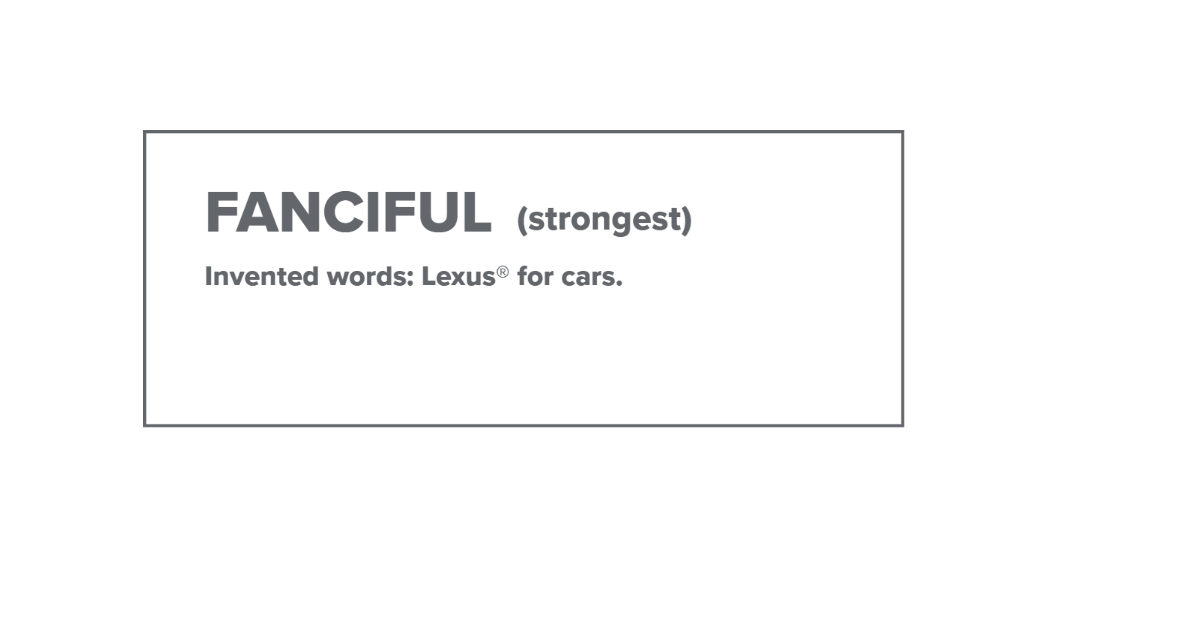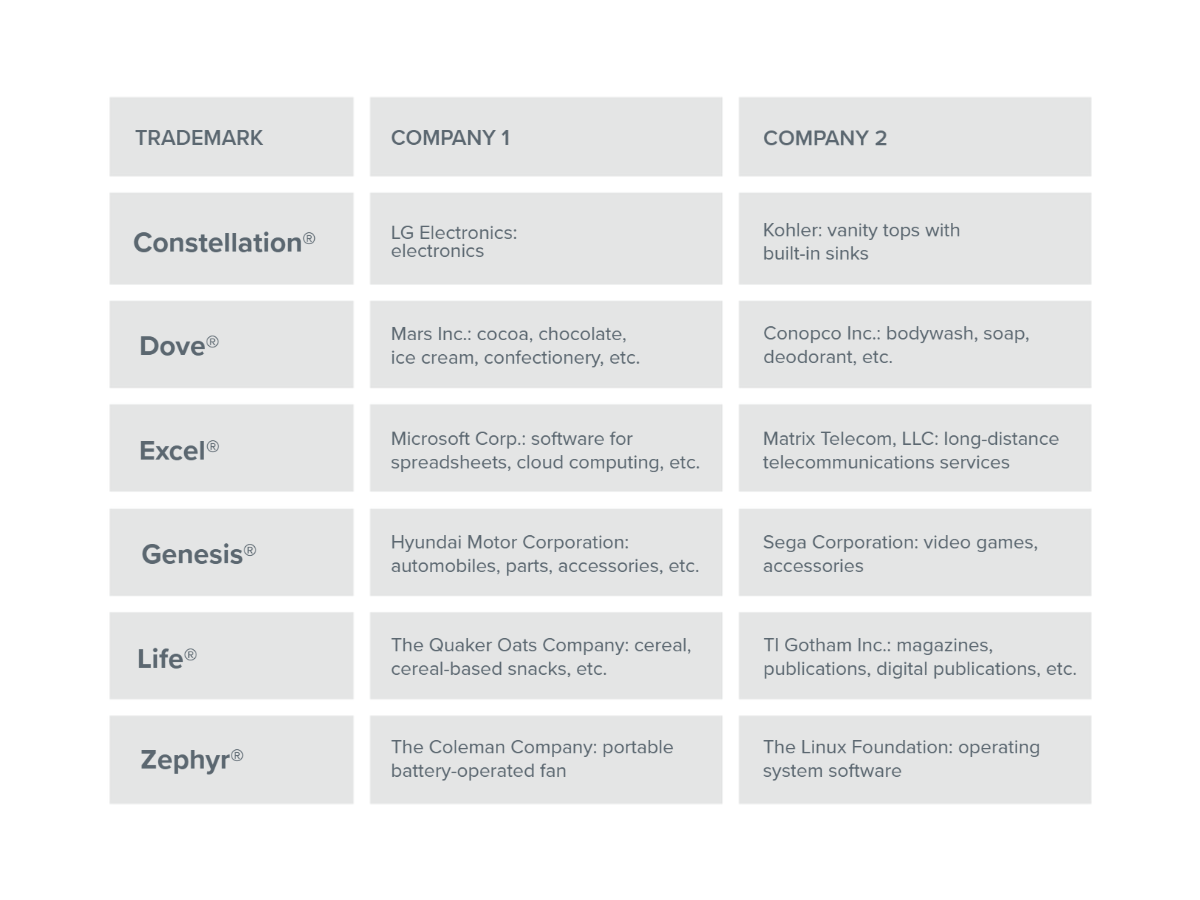You have got a great product and want to give it a great name. However, you want it to be easy to pronounce, easy to remember and, most importantly, meaningful. You want your name to convey the game-changing, groundbreaking, original sentiment of your brand, but you also want it to be a real word.
Perhaps you have spent some time looking up words in the dictionary that convey your brand’s message and have stumbled across the word “genesis” (noun – generation or creation; the origin or mode of formation of something). Bingo! You love the name and think it will be perfect for your product. Question is, can you trademark it?
With over 900 registered or pending trademarks containing the word “genesis” found in the Unites States Patent and Trademark Office’s database, looks like others before you had the same idea. But can your name coexist? It depends.
Before we deep dive into how and when marks can coexist, let’s start by defining trademarks. A trademark is a word, phrase, symbol, design or combination thereof that identifies and distinguishes the source of the goods/services of one party from those of others. Explore the five categories of word marks below:
